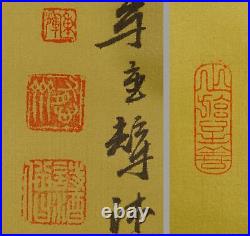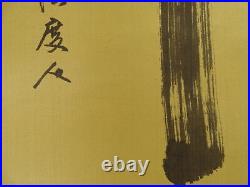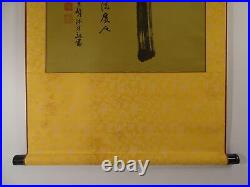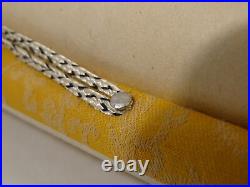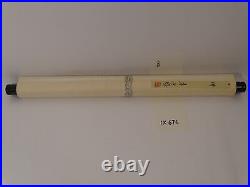
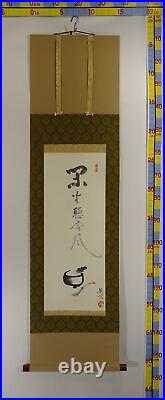
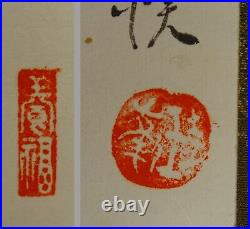

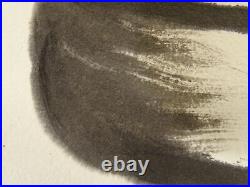

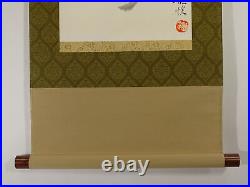


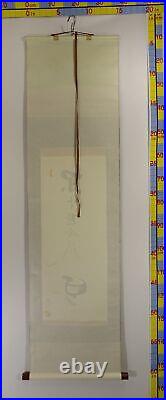

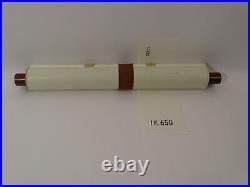

“Kanzasite syoufu wo kiku” is one of the Zen words and means sit quietly and listen to the sound of the wind blowing through the pine trees. This represents the teaching that one can attain enlightenment by abandoning worldly desires, calming one’s mind, and listening to the sounds of nature. Shofu is an important concept in the tea ceremony as well. In the tea room, guests first drink a cup of tea to calm their minds. And listening to the sound of the wind blowing through the pine trees in a quiet tea room calms the mind and leads to enlightenment. Kanzacho Shofu gives us important lessons even in modern society. We are busy with various things every day and our hearts are getting busy. At times like these, you can find peace of mind by remembering the teachings of Kanzacho Shofu, quieting your mind, and listening to the sounds of nature. Please note this explanation is translated into English by using an automatic translator. Please excuse us as you may find some unnatural expressions. The Japanese Hanging Scroll- and how to enjoy them? KAKEJIKU is traditionally displayed in TOKONOMA(an alcove in traditional Japanese room). They maily display for their guests and for carrying out the seasonal events. So why don’t you have a few and try changing them depends on the guests, seasons and even for your feelings! Modern Japanese houses even don’t have a TOKONOMA, so less and less people are displaying them these days. It is a shame that people forget about KAKEJIKU. However it is more important to actually display, respect and enjoy in your own ways rather than following all the traditional ways. You can enjoy freely and display in just like any ways!! — ePACKET(Standard) —? This is a cheaper method than EMS and a faster method than SAL. But I don’t recommend SAL. SAL is not usable in some country? (Australia, Greenland, Denmark, Germany, Norway, Hungary, Finland, Poland)? When you request SAL, please contact me. Doing that is against U.



